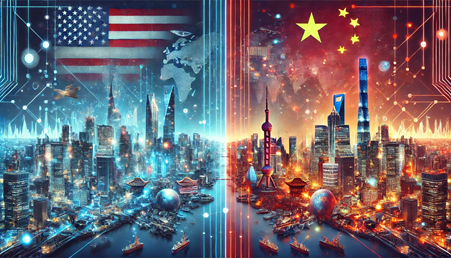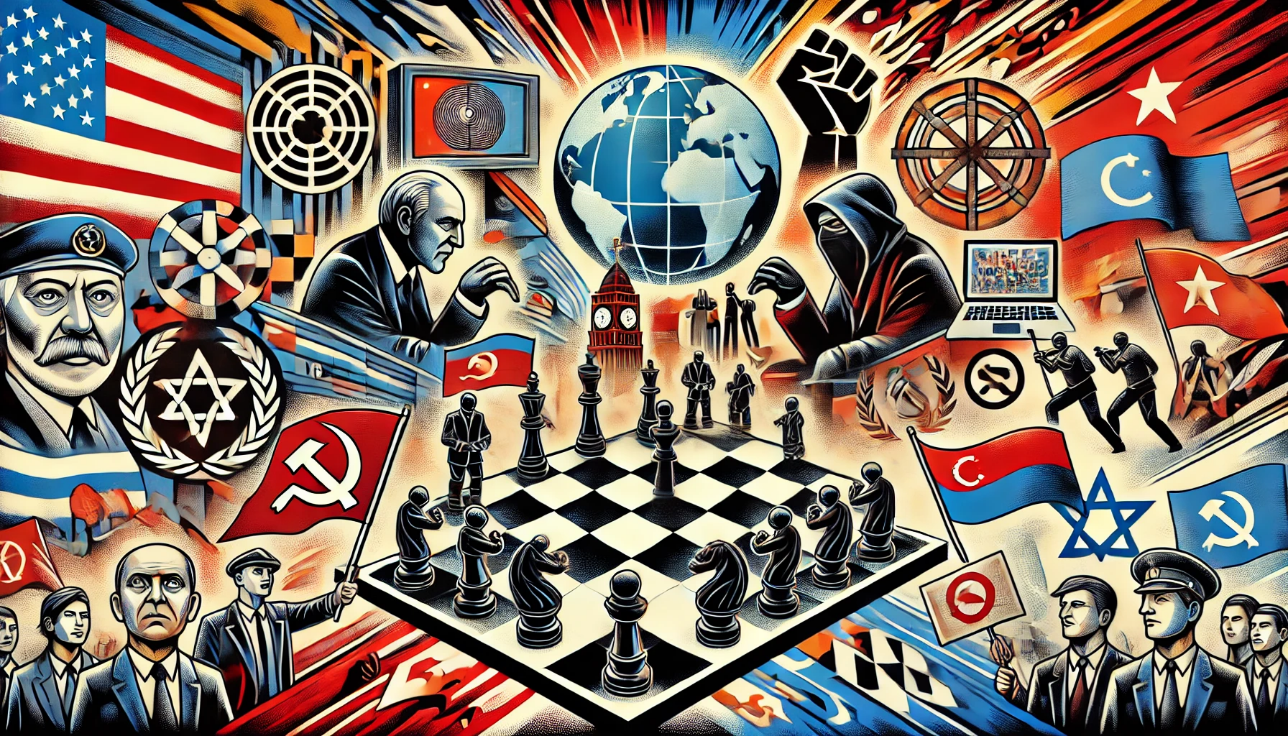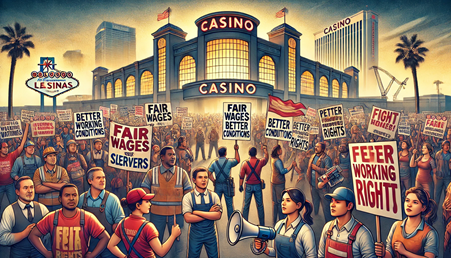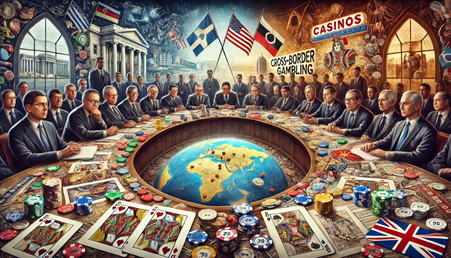How has the rivalry between the U.S. and China shaped modern geopolitics?

How has the rivalry between the U.S. and China shaped modern geopolitics?
by Nathaniel 11:28am Jan 04, 2025

How has the rivalry between the U.S. and China shaped modern geopolitics?
The rivalry between the United States and China has become one of the most defining features of modern geopolitics, influencing global power dynamics, trade, security, technology, and international relations. This rivalry, often described as a New Cold War, is multifaceted, involving economic, military, and ideological competition. Here's how the U.S.-China rivalry has shaped modern geopolitics:
1. Economic Competition and Trade Wars
One of the most visible aspects of the U.S.-China rivalry is the economic competition between the two countries, especially since China’s rapid rise as a global economic power in the 21st century.
Trade Imbalances: The U.S. has long expressed concerns about the trade deficit with China, which has been a major point of contention. The U.S. accuses China of unfair trade practices, including intellectual property theft, forced technology transfers, and state subsidies to Chinese companies. In response, the U.S. has implemented tariffs on Chinese goods, sparking a trade war that started in 2018 under President Donald Trump and has continued under President Joe Biden, albeit with some adjustments.
Economic Decoupling:There has been increasing talk of an economic "decoupling" between the two economies, especially in key sectors like technology, with the U.S. seeking to reduce its dependency on Chinese manufacturing and China aiming to become more self-reliant in critical areas such as semiconductors, energy, and advanced technologies. Efforts to "reshore" manufacturing and diversify supply chains have been accelerated by the rivalry.
Belt and Road Initiative (BRI): China's ambitious Belt and Road Initiative has extended its economic influence globally, seeking to build infrastructure and increase trade connectivity between China and various regions, especially Africa, Asia, and parts of Europe. The U.S. sees this as a way for China to expand its geopolitical influence, and it has responded by promoting alternative infrastructure initiatives, such as the Blue Dot Network.
2. Technology and Innovation Rivalry
The U.S.-China rivalry has also been marked by intense competition in the technology and innovation sectors, with both countries vying for supremacy in the digital economy, artificial intelligence (AI), 5G networks, and advanced manufacturing.
5G Networks:China's Huawei has become a key player in the global 5G infrastructure race, a technology that will be central to the future of communications and the Internet of Things. The U.S. has led efforts to block Huawei’s expansion in Western countries, citing national security risks, and has encouraged its allies to avoid Huawei’s equipment. This has sparked a global divide, with some countries siding with the U.S. and others embracing Chinese technology.
Semiconductors and Supply Chains: The U.S. and China are also competing for leadership in the semiconductor industry, which is critical for almost all modern technologies. The U.S. has imposed export controls on Chinese companies like SMIC (Semiconductor Manufacturing International Corporation) and Huawei, aiming to slow China’s technological progress. This has sparked an arms race to develop self-sufficiency in semiconductor production.
Artificial Intelligence (AI) and Data: Both the U.S. and China are pouring billions into AI development, with the goal of dominating future industries like autonomous vehicles, robotics, and data analytics. This competition also involves issues related to data privacy and cybersecurity, as both countries seek to control vast amounts of global data, an increasingly important resource in the digital economy.
3. Military and Security Rivalry
The military dimension of the U.S.-China rivalry is a critical aspect of modern geopolitics, as the two nations seek to assert dominance in the Indo-Pacific and beyond.
South China Sea:One of the most contentious issues in the rivalry is the South China Sea, where China has made territorial claims over a large swath of the waterway, which is crucial for global shipping and has significant underwater resources. The U.S. has conducted "freedom of navigation" operations in the region to challenge China’s claims, leading to tensions in the area.
Taiwan:Taiwan remains a flashpoint in the U.S.-China rivalry. China views Taiwan as a breakaway province and has vowed to reunite it with the mainland, by force if necessary. The U.S. maintains a policy of strategic ambiguity, providing military support to Taiwan without formally recognizing it as a sovereign state. This issue is a key driver of military tensions and has broader implications for regional stability.
Military Build-up:Both countries are investing heavily in military modernization. The U.S. has focused on maintaining its global military presence, especially in the Indo-Pacific, while China has increasingly challenged U.S. dominance in the region through a significant expansion of its military capabilities,including advancements in naval power, missile systems, and cyber warfare.
4. Ideological and Political Influence
The U.S.-China rivalry is not just about economic and military competition but also involves ideological and political dimensions.
Authoritarianism vs. Democracy: The U.S. has long positioned itself as the champion of liberal democracy, advocating for political freedoms, human rights, and free-market capitalism. In contrast, China promotes its model of authoritarian capitalism, with a centralized Communist Party that maintains strict control over political and social life. As China’s global influence grows,it seeks to promote this model, often framing it as an alternative to Western liberalism.
Human Rights and Values: Human rights issues have become a key point of friction. The U.S. has criticized China’s actions in Hong Kong, its treatment of Uighur Muslims in Xinjiang, and its general repression of political dissent. China, on the other hand, frames these criticisms as interference in its internal affairs and has accused the U.S. of hypocrisy, pointing to racial inequality and political polarization within the U.S.
5. Global Alliances and Influence
The rivalry has reshaped global alliances, forcing countries to navigate a complex landscape of competing pressures.
U.S.-China Influence on Allies: Countries worldwide must choose whether to align more closely with the U.S. or China, especially on issues like trade, security,and technology. The U.S. has sought to strengthen its alliances, particularly in the Indo-Pacific, through agreements like the Quad (U.S., Japan, India, and Australia), and has also sought to counter China’s growing influence in organizations like the United Nations and the World Trade Organization.
China’s Global Partnerships: China has sought to cultivate its own alliances, particularly through initiatives like the Belt and Road Initiative, which provides infrastructure and economic investments in developing nations. This has given China significant political leverage in many regions, including Africa, Latin America, and parts of Asia.
6. Environmental and Global Challenges
While the U.S. and China are often in competition, they also face common global challenges, such as climate change, which require cooperation.
Climate Cooperation and Competition: The U.S. and China are the world’s two largest emitters of greenhouse gases. The rivalry has sometimes hindered global progress on climate change, as both countries compete for leadership in green technologies. However, they have also recognized the need for cooperation, with both nations being key players in the Paris Agreement and working together on initiatives to reduce emissions and develop clean energy technologies.
7. Global Trade and Multilateralism
The U.S.-China rivalry has also affected multilateral organizations and global trade systems.
World Trade Organization (WTO): The rivalry has led to a more fragmented global trade system. The U.S. has frequently criticized China for violating WTO rules, while China has sought to reform the WTO to reflect its growing economic influence. This has led to challenges in multilateral trade negotiations.
Supply Chain Disruptions: The trade war and broader geopolitical tensions have disrupted global supply chains, particularly in sectors like technology and manufacturing, as countries are pressured to diversify supply chains away from reliance on China.
Conclusion
The U.S.-China rivalry is shaping modern geopolitics in profound ways, driving competition in nearly every realm—from trade and technology to military and ideology. It is forcing nations to rethink their foreign policies and alignments, creating new global alliances and tensions. While the rivalry is often framed as a contest for global dominance, it also presents opportunities for cooperation on common global challenges, such as climate change and international security. The outcome of this rivalry will likely define the geopolitical landscape for decades to come, influencing not just the two countries involved but also the broader international order.






